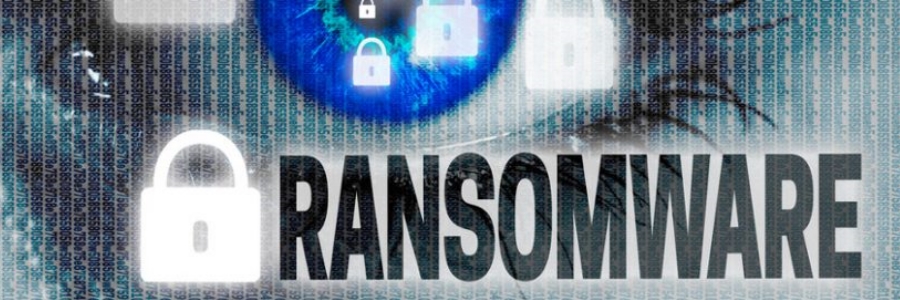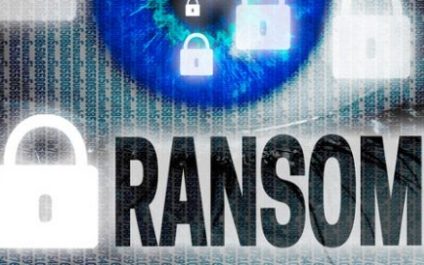
There’s no denying that technology is an efficient business tool that growing companies need to succeed in today’s competitive market, but there are times when it can be a double-edged sword. On the plus side, cloud technology gives us the freedom to work remotely from the comforts of home (hello, cozy PJ’s) — anywhere in the world, at any given time. We can conveniently access information at lightning speed and share files on the go, even when using a smartphone, tablet, or other device. (Who wants to lug around a bunch of files or lose precious space in a small office to store them?) Not only that, but business owners can rest a little easier at night knowing there’s a virtual backup of their data that can’t be destroyed by a natural disaster.
Amidst our happy bubble, enjoying all the gains from tech advancements, it can be easy to lose sight of the drawbacks. A dark side to the Internet does exist, which extends beyond mean tweets and trolling comments on YouTube and other mainstream websites. Criminals no longer have to actually go to a bank in person to complete a stick-up or pull Mission: Impossible moves to sneak into their victim’s office to steal sensitive data. When storing information electronically became the norm, they updated their strategies to get the same funds and data online. And thus, “cybercriminals” and the “dark net” emerged. The secret channels of the dark net allow cybercriminals to sell and resell valuable sensitive data (like bank account information, medical records, and Social Security numbers) at a profit.
The most common tool used by cybercriminals lately has been ransomware. Why? Because it’s profitable and works on small, midsize, and large businesses alike. So, in case you’re unfamiliar with this dangerous threat, we’ll start by defining it.
Ransomware comes in many shapes and forms, but in general, it’s malicious software that infects your computer or device and prevents you from using it. Less sophisticated versions lock you out of your system so you can’t access data and programs, while more advanced ransomware encrypts all your files behind the scenes. With any version of ransomware, hackers demand that you pay them (usually in bitcoins, which are untraceable) in order to get your data back. For example, the Hollywood Presbyterian Medical Center in Los Angeles got hit with ransomware last year and paid $17,000 in bitcoins for the decryption key needed to restore their data. In this case, the hospital luckily got their files back. Nowadays, there’s no guarantee that paying ransom money will restore your decrypted files. In fact, hackers might target you again because you actually paid up and would likely do the same again. It’s easy money for them — and that’s just the pocket change they get from you up front. As soon as ransomware infects your systems, it immediately starts transferring the data overseas to be sold and resold endlessly. So, even if you pay the ransom money, the hackers continue to profit off your data.
The 5 Steps Ransomware Takes to Complete an Attack
FREE Security Analysis Resolves Your Biggest Data Security Problems and Makes Your Systems Run Like Clockwork
We like to reward life-long learners. As a bonus for learning more about ransomware threats and how to protect your business, we’re offering you a FREE Hassle-Free Security Analysis to check for any vulnerabilities in your systems (and give you peace of mind). We’ll report any issues that need to be addressed and detail the resolution(s). Simply give us a call at (317) 372-7625/ (765) 588-3025 to reserve your free security analysis or complete our short online form.

